Before foreseeing a PowerPoint for your next presentation, and neglecting (even forgetting) white boards and flip charts, take the time to read this:
Visual supports
Visual supports help the audience remember key points, they clarify ideas, help you illustrate your words, and strengthen your arguments. They give a rhythm to your presentation and simplify some complexities.
People using visual supports are often seen as more prepared, more persuasive, and more interesting. They reach their goals more often than those not using them.
Studies have shown that a visual support makes a presentation more effective; a recent study from the University of Wisconsin shows that visual supports can improve comprehension and learning up to 200 %.
A visual support is a “support”. Unfortunately, I have too often seen visual supports being used to:
- Impress the audience (with over detailed tables or graphs) ;
- Avoid interacting with the audience (by reading slides word for word) ;
- Fill a lack of planning from the trainer! (by using it as a crutch).
But that is another topic … let’s get back to our original one: analogs or digitals?
The advantages of the analog tools
Visual supports come in many different formats: hand-outs, white boards and flip charts, models, computer screenings and electronic medias, etc.
In our trainings, at Solutions & Co. we still use static writing surfaces such as textbooks, white boards, and flip charts!
What makes analog tools such amazing learning tools is the way they require both the use of the body and the brain in the learning process.
Researches on cognitive matching have shown that the physical process of writing, and doing diagrams helps people learn and remember the information. Using a writing surface like a whiteboard is both kinesthetic and visual, because writing and drawing engages the user both physically and mentally and fosters learning.
When we go through ideas visually, in a constant back and forth manner, in real time and in the same space, we offer a level of social connection different from the one offered by most digital solutions.
Proper use of writing surfaces can facilitate team work, improve commitment, and foster creativity and problem solving. Integrating analog tools in training rooms can allow participants to discuss, to communicate, and to share their ideas. And it helps us connect with each other by encouraging collaboration and sociability.
Conclusion? When we physically express our thoughts and ideas, and we progressively reveal the content, our brains are engaged in a way that release more potential for learning, ideas, solutions, and reflection.
Which ones are more relevant? Analog or digital tools?
Obviously, this not a “digital tools versus analog methods” competition. The ideal path of success is neither one nor the other, but knowing to pick the appropriate support in order to meet the audience’s needs and to reach its goal.
Studies reveal that 73% of teachers having used both connected and offline tools note a rise in students’ interest (Center for Digital Education), and 58% of students state learning better in an environment mixing both digital and analog tools (ECAR undergraduates survey).
The strength lies in the strategical use of your visual supports. Even if technology prevails in most professional environments and modern classrooms, analog tools remain an important and effective tool not to be overlooked.
No matter which visual aid you choose, do not let it overpower your presentation. Even UNESCO reminds us that digital is only to assist education not to replace it. Visual aids are used to enrich your presentation; they do not replace you.
 Be inclusive – Avoid forming cliques that might exclude people, giving colleagues the silent treatment or speaking to people in a condescending way. Those are forms of bullying. Encourage healthy relationships in the office.
Be inclusive – Avoid forming cliques that might exclude people, giving colleagues the silent treatment or speaking to people in a condescending way. Those are forms of bullying. Encourage healthy relationships in the office. Be inclusive – Avoid forming cliques that might exclude people, giving colleagues the silent treatment or speaking to people in a condescending way. Those are forms of bullying. Encourage healthy relationships in the office.
Be inclusive – Avoid forming cliques that might exclude people, giving colleagues the silent treatment or speaking to people in a condescending way. Those are forms of bullying. Encourage healthy relationships in the office.















